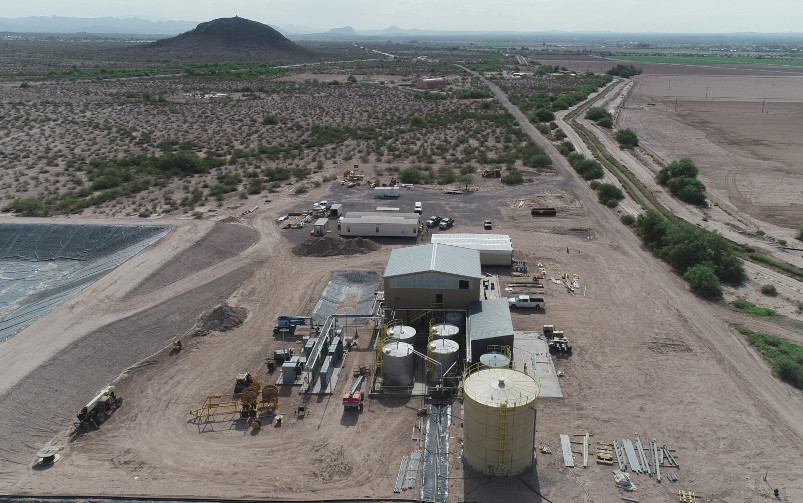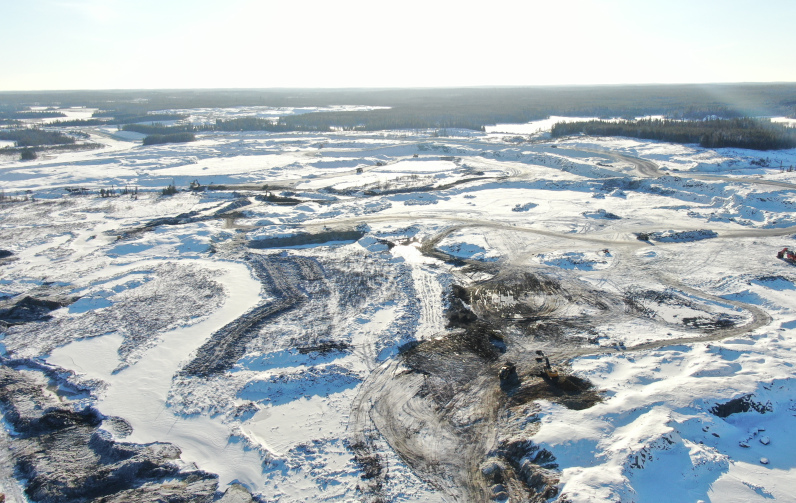As part of its measures to reduce its carbon emissions, BHP is looking to use an all-electric vehicle fleet at Jansen. Courtesy of BHP.
The government of Canada announced on June 13 that it will be investing up to $100 million in BHP’s Jansen potash mine in Saskatchewan. The company applied to the Strategic Innovation Fund to obtain financing for a $400 million emission reduction effort to turn the mine into what both parties expect to become the world’s greenest potash mine.
The vision for the mine’s environmental standards, developed in partnership between the government and BHP, involves designing the underground mining system with innovative practices that use autonomous systems and produce low emissions. As part of the emissions-reduction measures, BHP will look to furnish its underground fleet with electric vehicles, a measure also meant to improve worker safety by limiting exposure to diesel exhaust.
“You will see 50 per cent less carbon dioxide coming out of this mine than [from] a traditional potash mine,” said Ragnar Udd, president Minerals Americas, BHP. “We will use 60 per cent less water than your average mine in terms of production of potash on a tonne-per-tonne basis. And we expect that Jansen will generate the lowest direct onsite emissions intensity of any potash mine in North America.”
The environmental, social and governance planning for the mine also involves a gender-balanced workforce from day one, as well as 20 per cent of workers being Indigenous. Six First Nations have signed opportunities agreements with BHP, the first of their kind both in southern Saskatchewan and across the potash industry.
Related: With the Northern Energy Advantage Program, Ontario doubles down on a shift towards green industry
Jansen is the first new major potash project in Canada in over 50 years. The mine’s development, which is the source of BHP’s $7.6 billion investment in Canada announced last year, will consist of four phases. The first is the one currently under way, with production now anticipated to begin in 2026. The studies for the second phase have already been kicked off by BHP to open up the possibility of accelerating its timeline.
The investments in the project from both parties are motivated by projected increases in potash demand over the next decades as world populations grow and climate change steepens food insecurity, with the Ukraine crisis highlighting the value of reliable jurisdictions. “Our investment will help ensure Canada's position as a leading exporter of potash and help the world produce food to feed a growing population,” said Marie-Claude Bibeau, minister of agriculture and agri-food.
“We want to have green mining operations, we want to be the green supplier of choice to the world and potash is yet another example,” said François-Philippe Champagne, minister of innovation, science and industry. According to him, BHP’s investment is “a clear vote of confidence in Canada as a top global investment destination.”




